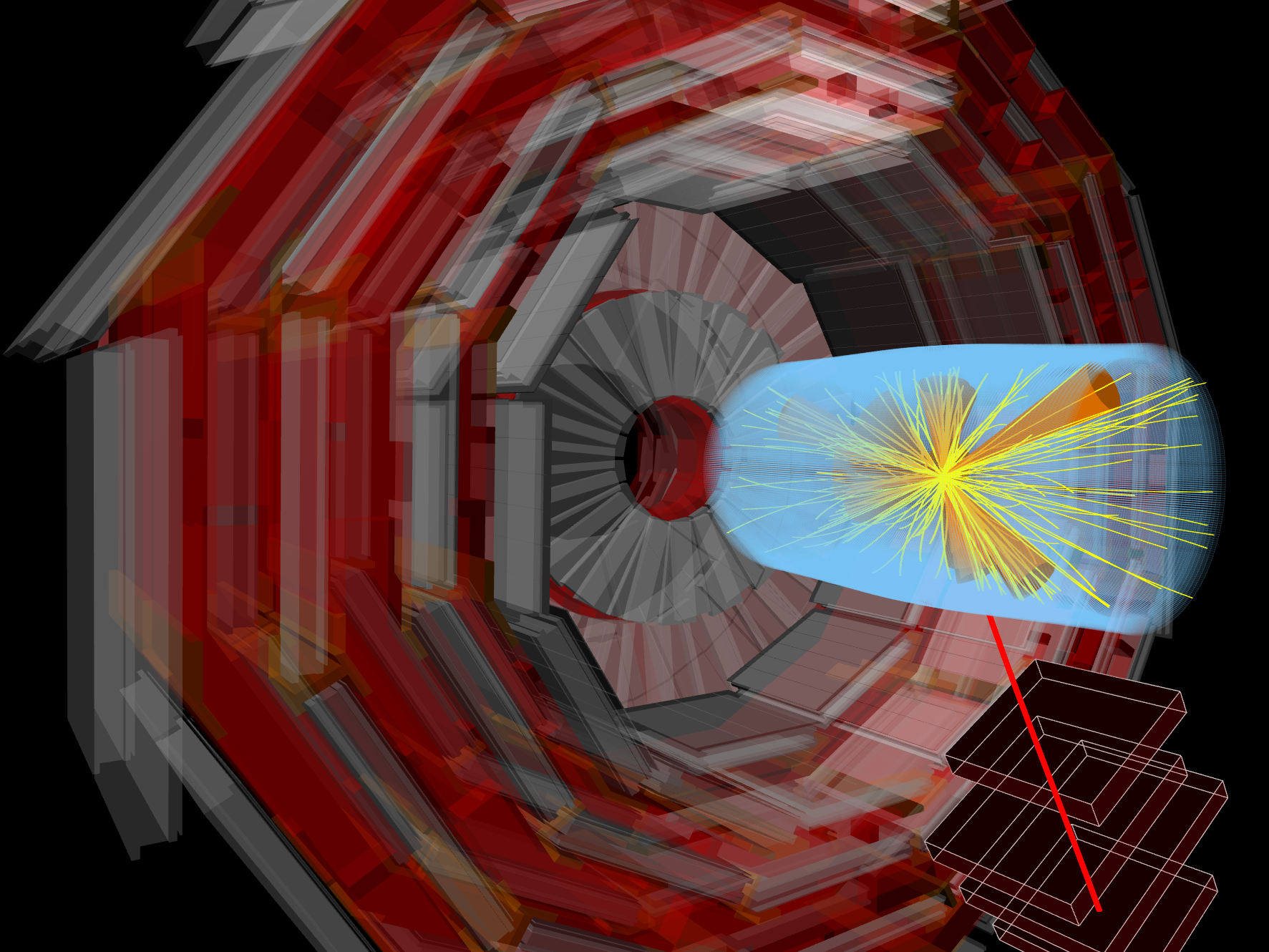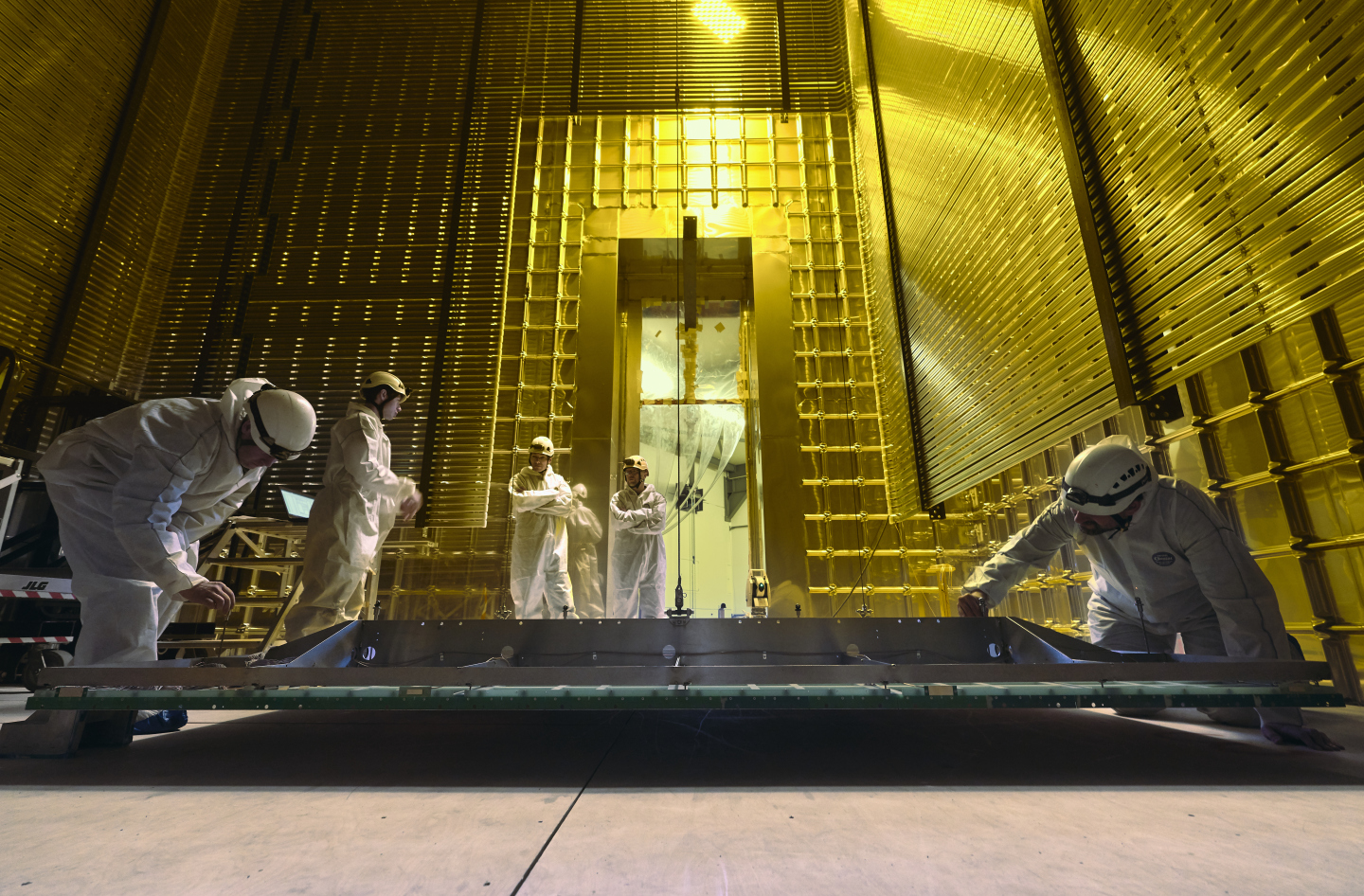Members of CERN’s research community expend significant efforts to understand how they can get the most value out of the data produced by the LHC experiments. They seek to maximise the potential for discovery and employ new techniques to help ensure that nothing is missed. At the same time, it is important to optimise resource usage (tape, disk, and CPU), both in the online and offline environments. Modern machine-learning technologies — in particular, deep-learning solutions — offer a promising research path to achieving these goals. Deep-learning techniques offer the LHC experiments the potential to improve performance in each of the following areas: particle detection, identification of interesting events, modelling detector response in simulations, monitoring experimental apparatus during data taking, and managing computing resources.

.png)











